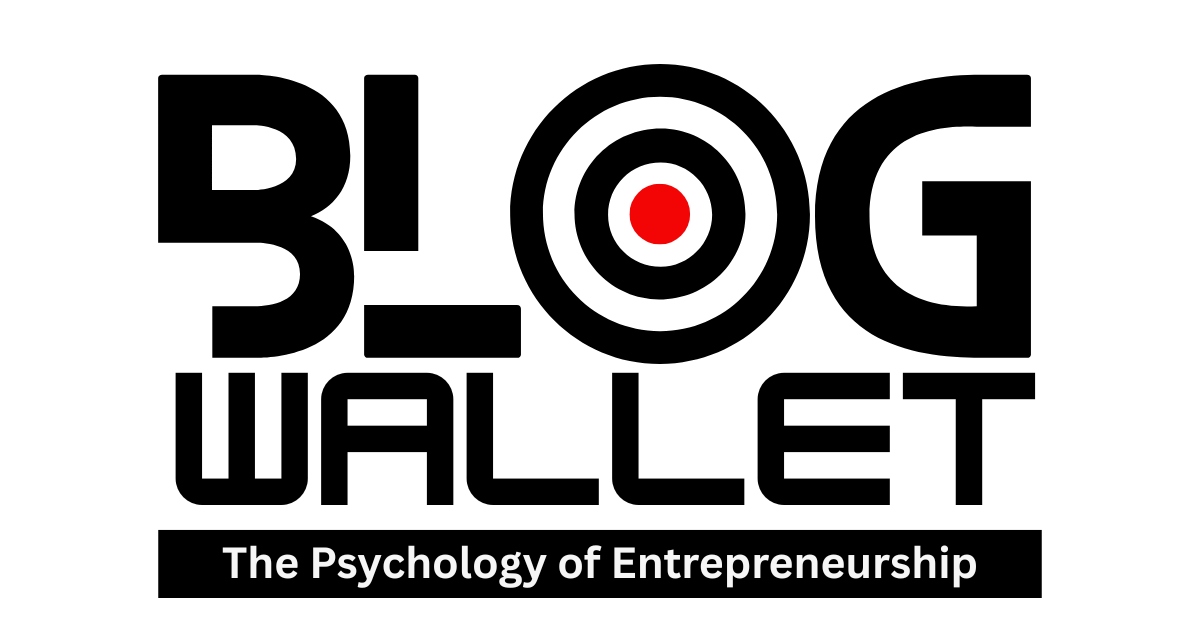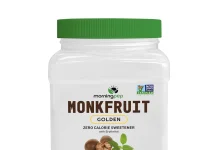
Influencer Entrepreneurs vs. Traditional Journalists: The New Spotlight Shift
The Changing Face of Journalism in 2025
Traditional journalism is bleeding out—not from a lack of talent, but from suffocation. Trust is cratering, engagement is falling, and the industry is handcuffed to middlemen who care more about stock prices than truth. The public knows it. Younger audiences, especially, smell the B.S. a mile away.
Declining Trust and Engagement
The numbers don’t lie. Gallup says only 31% of Americans trust the media to report news “fully, accurately and fairly.” Even worse, 36% flat-out say they have zero trust—the third year in a row the “no trust” crowd outnumbers the believers. Pew adds that just 45% of Americans think journalists act in the public interest at all. That’s not just bad—that’s collapse territory.
Confidence among Democrats dropped from 70% in 2020 to 62% in 2025. Among Republicans? An abysmal 27%. Reuters finds that only 31% trust the news most of the time, and a record 36% actively distrust it. Younger audiences are the harshest: 64% of Americans under 30 now get their news mainly from social media—even though they know it’s the least reliable. They’d still rather gamble on a creator than a newsroom tied up in corporate knots.
To Gen Z, mainstream outlets don’t look like watchdogs anymore. They look like lapdogs. Mouthpieces for the same corporations they’re supposed to be holding accountable.
The Corporate Puppet Show
Here’s the ugly truth: most journalists can’t tell the full story, even if they want to. Middlemen—advertisers, corporate bosses, political donors—pull the strings. Newsrooms at CNN, The New York Times, Fox, take your pick, can pretend they’re independent. But everyone knows there’s a filter.
When a story might upset Pfizer, Apple, or JPMorgan Chase, editors don’t say, “run it.” They say, “tone it down.” And while the story gets watered down, some influencer with 3 million followers drops the unfiltered version and goes viral. The advertisers? They notice. Suddenly, those same brands that once kept newsrooms on a leash are sliding into DMs trying to sponsor content creators—because creators don’t have the overhead, unions, or boardrooms demanding cuts.
Here’s the power shift in one sentence: advertisers control legacy media, but they chase influencers. And he or she who has the options will always win over the company that needs brand recognition.
Younger audiences aren’t blind. They see pharma ads sandwiched between segments on healthcare. They see banks sponsoring “financial literacy” coverage. They know when the message feels neutered. Every time they spot the strings, credibility drops another notch.
Rise of Alternatives: Creators, Influencers, and New Platforms
Meanwhile, Influencer Entrepreneurs aren’t answering to boardrooms. They’re talking directly to audiences—raw, unpolished, unfiltered. Substack? 20 million readers, 2 million paying subscribers, 17,000 writers making real money. TikTok and YouTube creators scoop stories in real time, no editor approval required. Podcasts, once dismissed as hobby projects, now deliver political analysis to nearly a quarter of Americans.
The Credibility Flip
Journalists call it “unprofessional.” Audiences call it “real.” That’s the credibility flip. People trust the creator with an iPhone because they know no sponsor is whispering in their ear.
Pew’s 2025 numbers drive it home:
- Only 45% of Americans think journalists act in the public interest.
- Confidence among Democrats has dropped sharply, Republicans barely register trust at all.
- Meanwhile, influencers gain credibility simply by not being owned.
You can’t buy that kind of trust with a corporate ad campaign.
Money Talks, Platforms Amplify
Here’s the kicker—Influencer Entrepreneurs don’t need ad execs. They monetize through subscribers, merch, affiliates, and sponsors who choose to align with them. They control their revenue, their platform, their voice.
Journalists? They’re in cubicles waiting for another round of layoffs, told to make their reporting more “advertiser-friendly.” The influencer is cashing six figures on Substack, while the beat reporter is polishing a résumé. Who looks stronger to the audience?
The Threat Journalists Can’t Ignore
When a TikTok recap of breaking news racks up more views than a primetime cable segment, it’s not just embarrassing—it’s existential. The audience doesn’t care about your Pulitzer. They care about trust, speed, and authenticity. And corporate-controlled journalism can’t deliver any of the three.
How Journalists Can Respond
If legacy media wants a shot at survival, the fixes are brutal but obvious:
- Cut the corporate umbilical cord. Stop letting sponsors dictate the conversation.
- Radical transparency. Show sources, corrections, and editorial calls in the open.
- Meet the audience where they live. TikTok, YouTube, podcasts—don’t just broadcast, engage.
- Partner with creators. Collaboration is the only way to rebuild credibility.
The Bottom Line
Influencer Entrepreneurs are gaining notoriety because they’re everything journalism pretends to be but isn’t: independent, raw, and accountable only to their audience.
Corporate media has become a puppet show, and the strings are showing.
In 2025, credibility doesn’t come from a newsroom. It comes from freedom. And right now, the people with the most freedom are the influencers.


